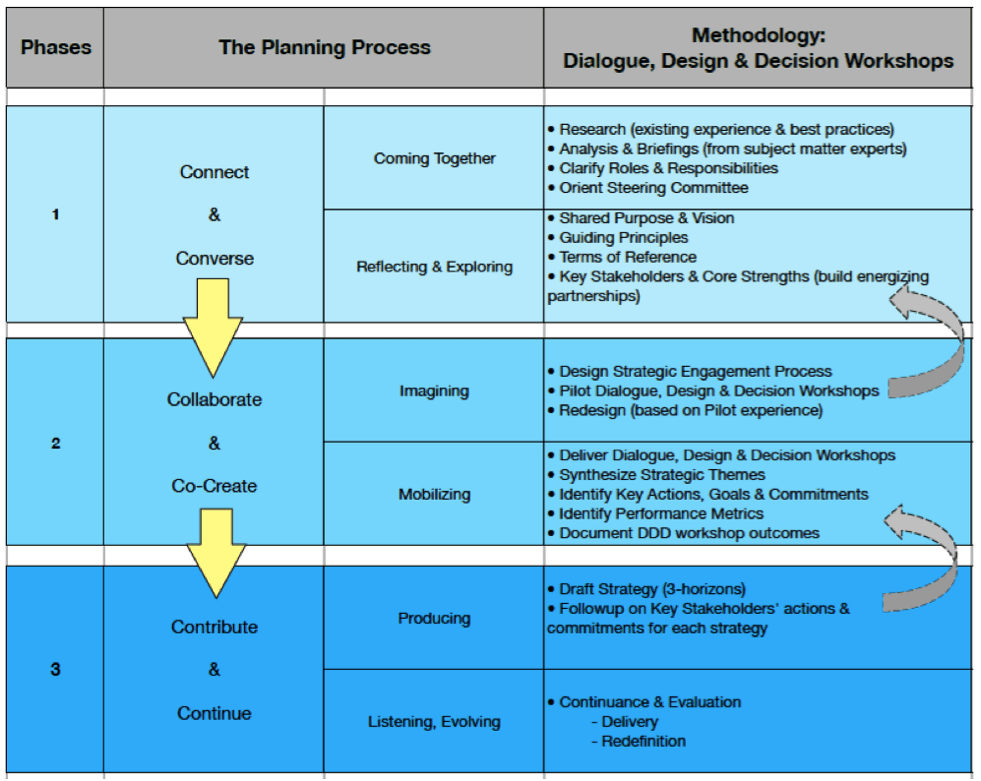 wiangya / FreeDigitalPhotos.net
wiangya / FreeDigitalPhotos.net
What do you see as the greatest source of uncertainty in today’s world?
Certainly, driving forces such as digitization, globalization and individuation top most lists as contributors to increased volatility and complexity. However, at the root of human uncertainty is a recognition that our timeworn formula of reflecting on past experience in order to predict the future no longer works in today’s world. How we learn about and then adapt to the future must and is radically transforming.
In the tradition of using past experiences as predictors for future performance, we relied heavily on analysis and critical thinking. However, most people agree that today’s unique challenges are not solvable with a strictly rational thought model. Hence necessity requires us to shift from this predominantly rational mode of understanding the world to one where intuition and imagination are key initiators. For greater insight on expanding your intuitive and imaginative abilities, read my latest book Creating Space: The Practice of Transformation.
Currently, I am in deliberation with colleagues around this very topic. As action researchers, we understand the need for both intuitive awareness and reflective rationalization to enhance our adaptability to radical transformation. Nonetheless, trying to catch a glimpse of the future so we can begin to respond differently in the present first demands intimate awareness of emerging opportunities (Claus Otto Scharmer, 2000). These ‘early warning signs’ often come in the form of intuitions, which are not provable by standard measures, that is, past experience or rationalized data. Rather than the traditional rational change cycle — observe, reflect on the past, plan and act — Scharmer proposes an intuitive cycle for learning from the future and creating revolutionary transformation — observe, create space for inner knowing (intuition), act and integrate these new experiences into new routines. And, by the way, do all of this from the loving intent of helping others to fulfill their potential.
One of the blessings that emerge from life in a complex world is we cannot solve our ‘wicked problems’ alone. Why is this a blessing? Because we are pressed into collaborating with others in order to bring the necessary skills and knowledge to bear on these emerging challenges. Of course, from a conflict resolution perspective, the more contact we have with others, the greater our understanding and acceptance of them — Relationship Building 101. I think the subsequent shift is even more obvious — the more we collaborate in society, the less we choose war as an option. So for those of you, like me, who work to see the end of war in this lifetime, below is my design process for such a radical transformation.
Design for Collaborative Dialogues and Decisions ©
Designing for radical transformation is an adaptive response to what we see emerging in our world. The 6 C’s design process integrates the diversity of worldviews existing within any organization, community or network. On a simpler scale, the shifting elements below are what we already experience in our daily lives.
What practices in your life bring about self-regulation? Self-determination? Co-creation?
Sources:
Scharmer, Claus Otto. 2000. Presencing: Learning From the Future As It Emerges, Presentation at MIT Sloan School of Management, OSC, October.

